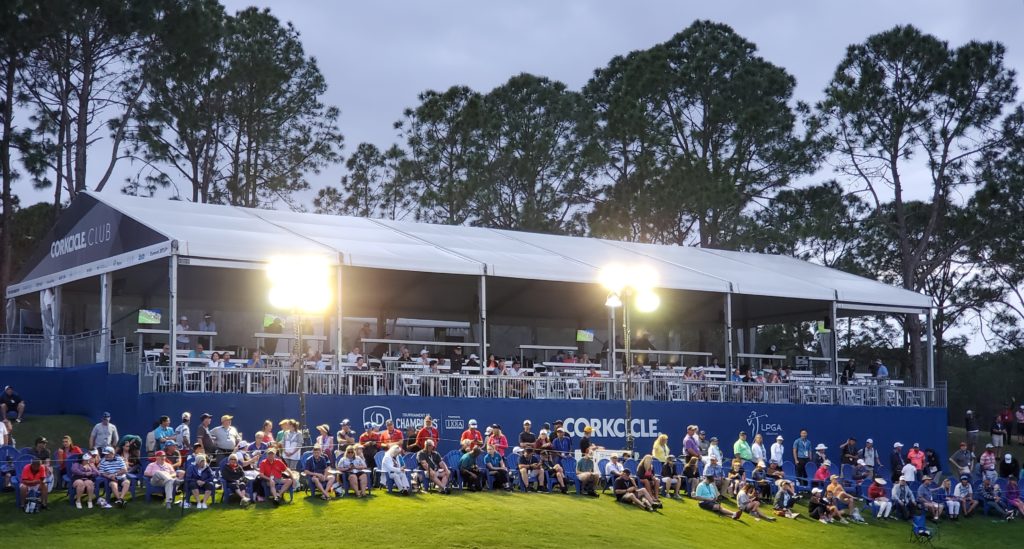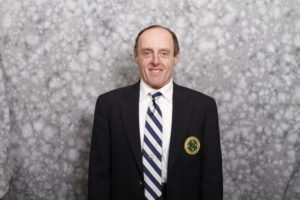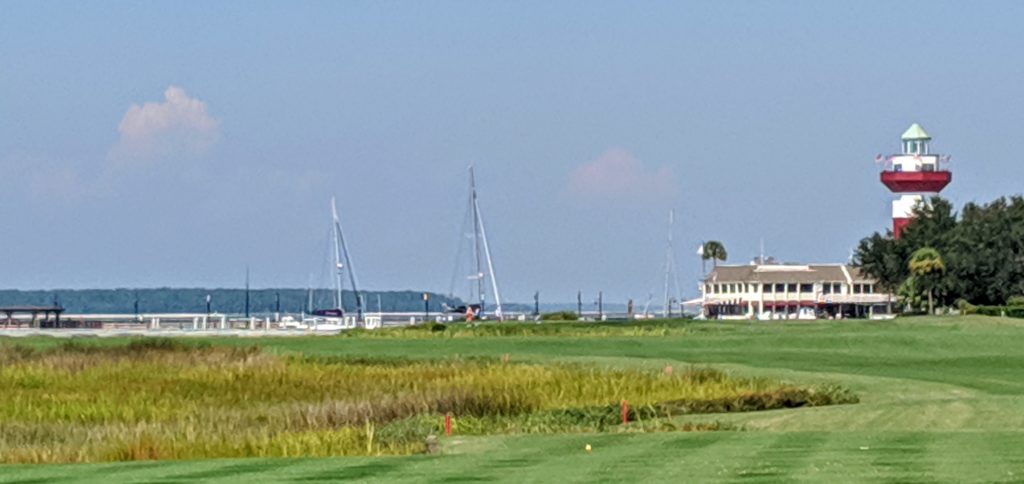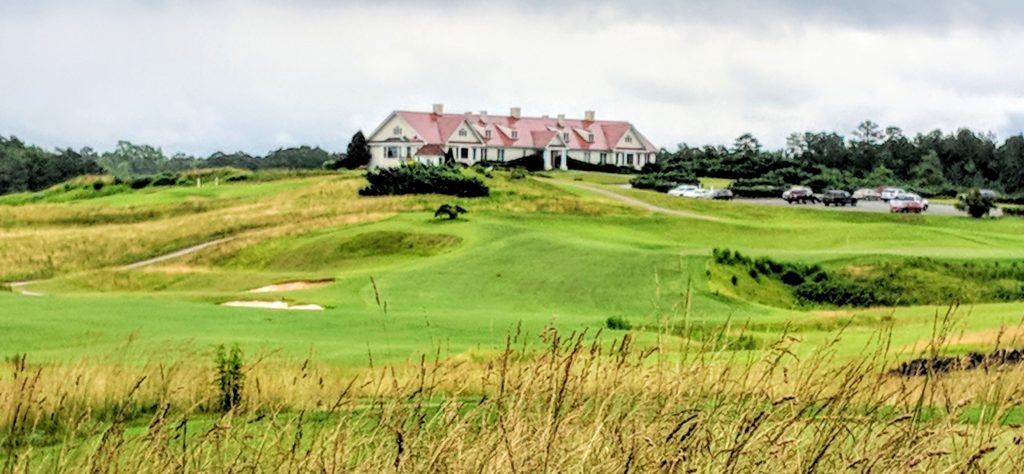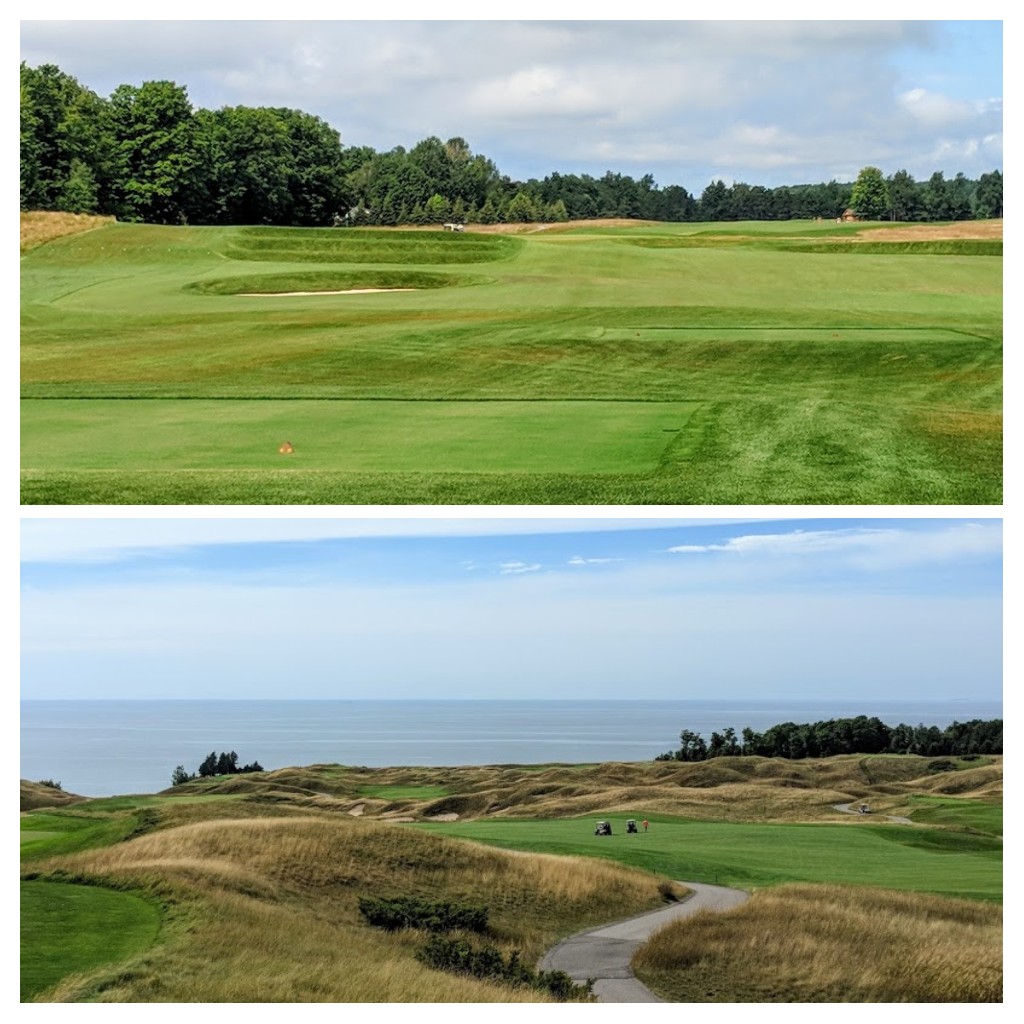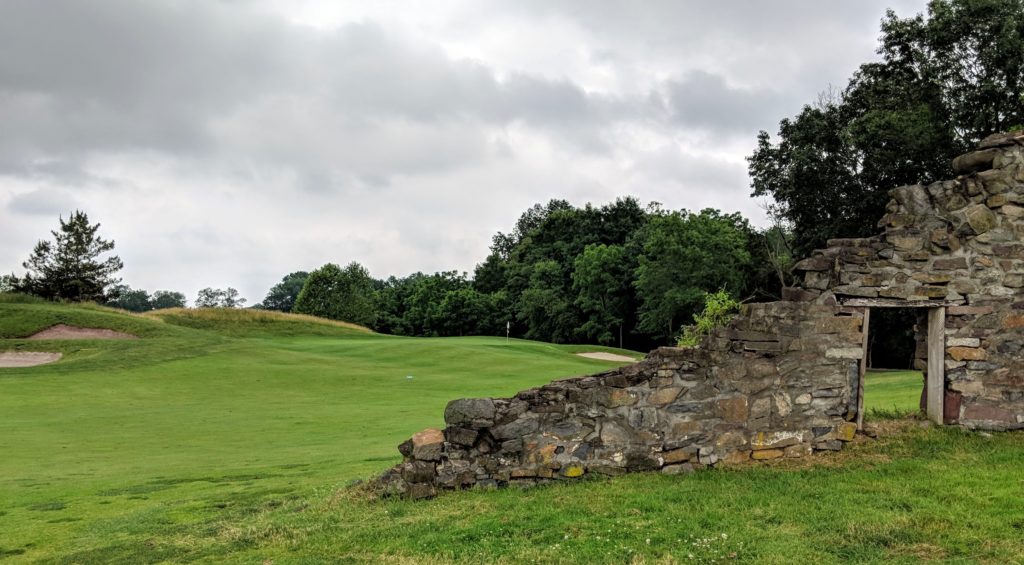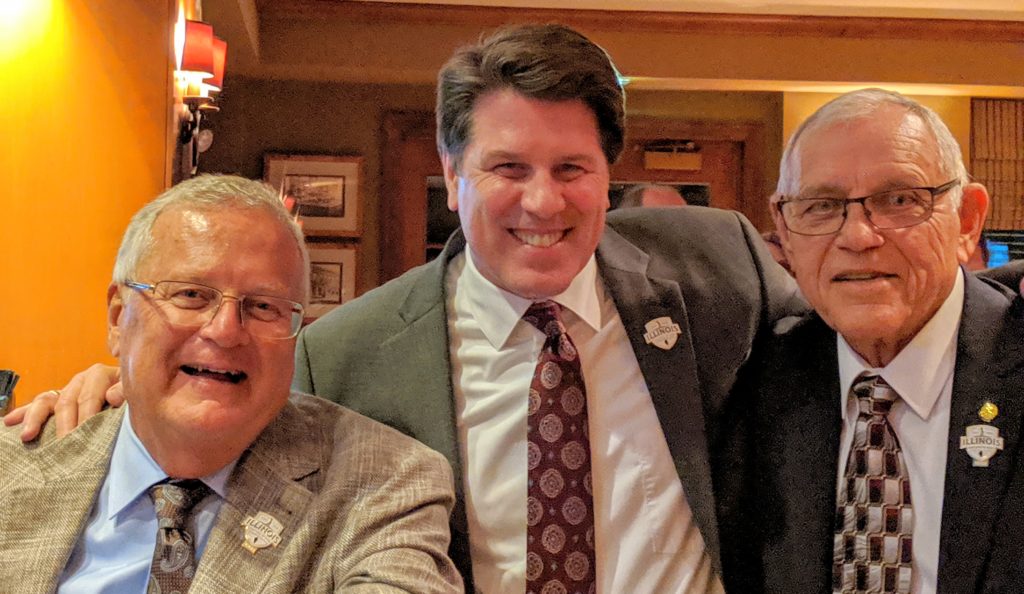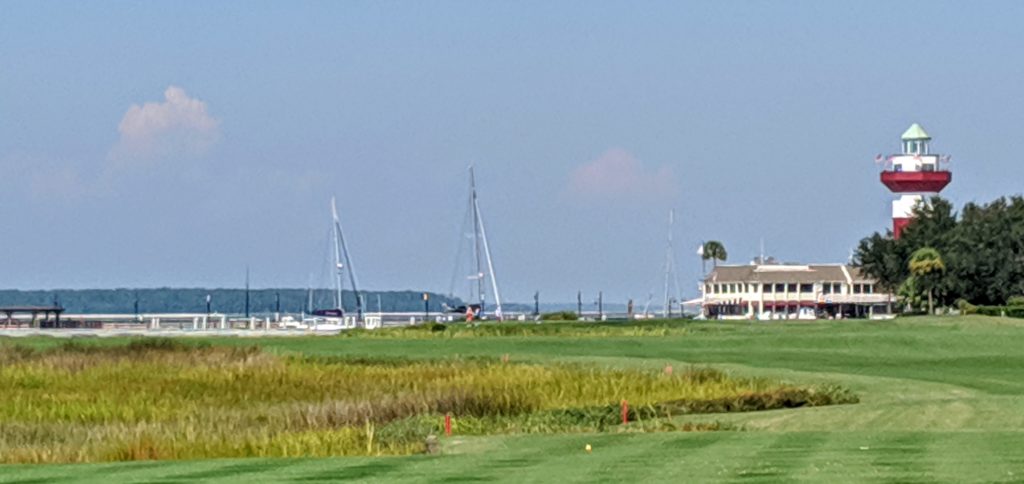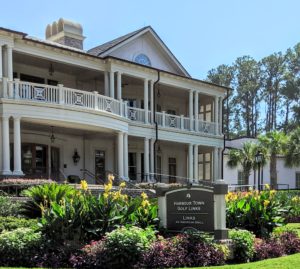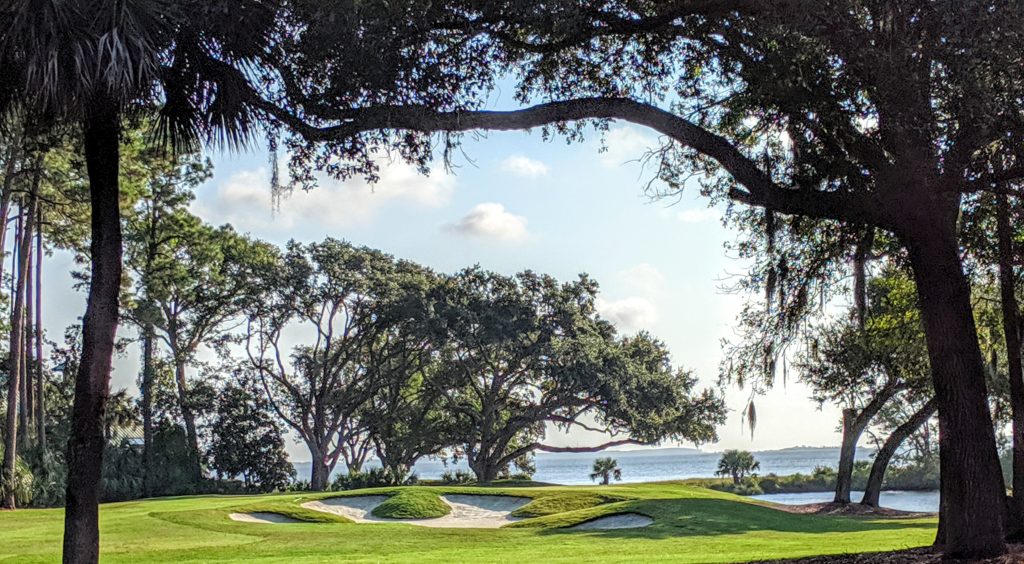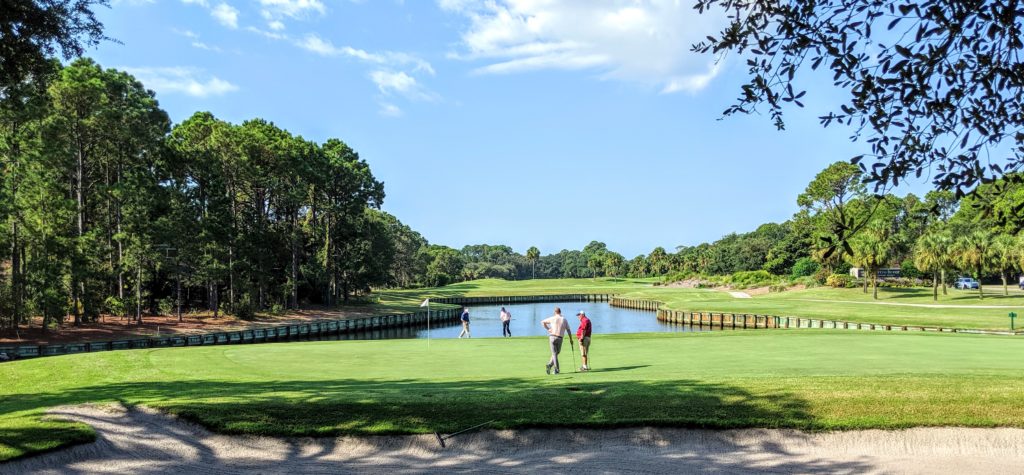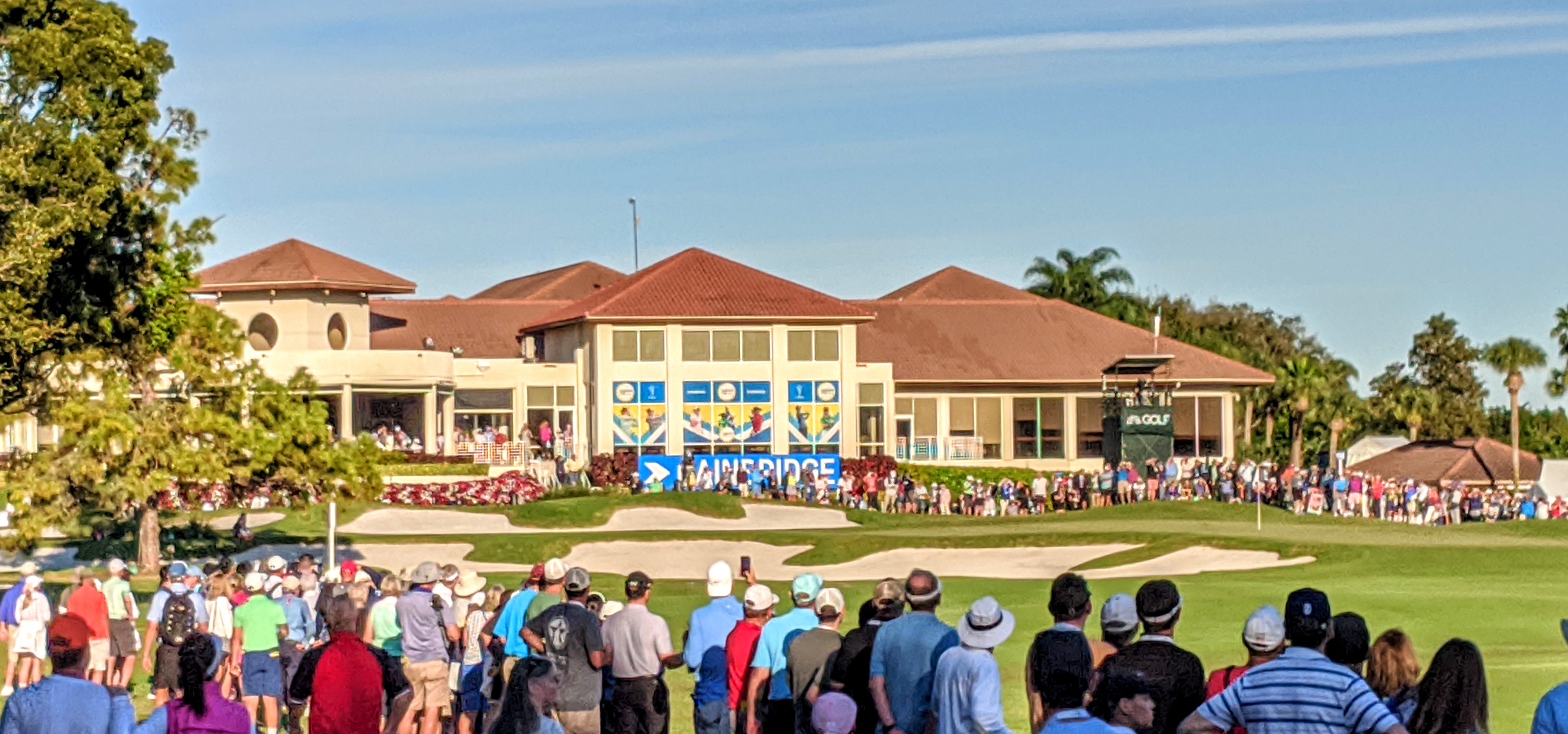
 BOCA RATON, Florida – There’s no reason the LPGA shouldn’t play as many of its tournaments as possible in Florida. After all, the LPGA’s headquarters are in Daytona Beach and three of the circuit’s top stars — Lexi Thompson and Jessica and Nelly Korda – live there.
BOCA RATON, Florida – There’s no reason the LPGA shouldn’t play as many of its tournaments as possible in Florida. After all, the LPGA’s headquarters are in Daytona Beach and three of the circuit’s top stars — Lexi Thompson and Jessica and Nelly Korda – live there.
This year’s schedule called for four LPGA tournaments in the Sunshine state, including two new ones.
Holding the first two tournaments of 2020 in Florida wasn’t a bad idea, either. The drama was ideal in the first, a seven-hole playoff in the Diamond Resorts Tournament of Champions that eventually went to Mexico’s Gaby Lopez. It was halted early by darkness before Lopez wrapped up the title on Monday morning.
The second tournament was a better showcase for the skills of the players, particularly champion Madelene Sagstrom of Sweden. She made 11 birdies in the second round of the inaugural Gainbridge LPGA at Boca Rio en route to shooting a 62 on Friday. She followed that with a 67 on Saturday before surviving a Sunday duel with snakebit Japan veteran Nasa Hataoka.
“My goal was to stay patient and do what I did the previous two days,’’ said Sagstrom. “I had already beaten my demons by going 62-67. Winning was icing on the cake.’’
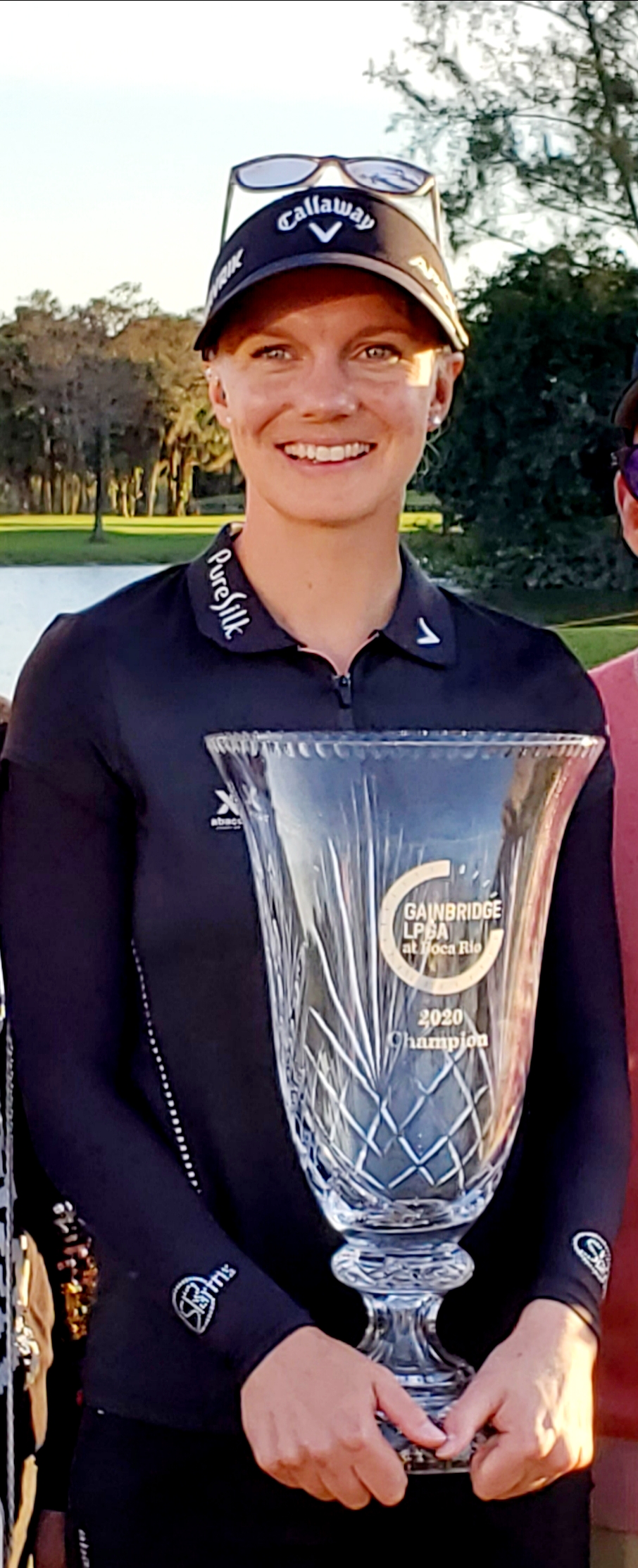
Hataoka lost to Lopez in the playoff in the limited field season opener and handed Sagstrom her first-ever LPGA win when she three-putted the 72nd hole for bogey at Boca Rio. Sagstrom ended up winning by one after making a clutch eight-footer for par on her last hole before Hataoka’s costly miss.
“I told myself, `Don’t look at a leaderboard,’’’ she said. “If you keep fighting anything can go your way. It was mind-blowing. This was just my week.’’
Sagstrom, 27, starred collegiately at Louisiana State and worked her way through the Symetra Tour before earning LPGA playing privileges. Though she was a captain’s pick for the 2017 Solheim Cup for Europe, she had never been ranked higher than No. 68 in the world and came into the Gainbridge event at No. 116. Sagstrom was also missing her regular caddie, and her boyfriend’s father was recruited to fill in.
That unlikely pair started the final round with a two-stroke lead on Hataoka with American Danielle Kang, who finished third, also in the mix. Those three were tied for the lead at one point on the back nine but the day’s key shots were Sagstrom’s holed bunker shot at No. 10 for a birdie that pulled her into a tie for the lead and Hataoka’s pushed putt from four feet on the 18th that would have forced a playoff.
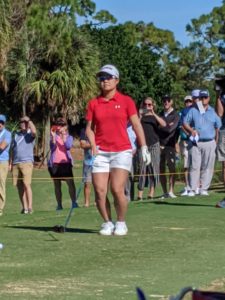
Sagstrom, in her fourth LPGA season, posted a final-round 70 for a 17-under-par 271 to win the $300,000 first prize from a $2 million purse.
Gainbridge was the first full-field event of the season for the LPGA and it kept tour golf coming to Boca. The PGA Champions Tour had made a habit of holding its first full-field event of the year in the South Florida city. This year that event, called the Boca Raton Championship on the Old Course at Broken Sound, was moved to October as part of the Champions’ season-ending playoff series.
With the Gainbridge tourney now history the LPGA will be on foreign soil for awhile. There’ll be two tournaments in Australia and one each in Japan, Thailand and China before the next American event – the March 19-22 Founders Cup in Phoenix.
Florida will be back on the LPGA schedule two more times before 2020 is out, however. The other new event of the 2020 campaign, the Pelican Women’s Championship, will be played at Pelican Golf Club in Belleair on May 14-17 and the usual season-ending climax CME Group Tour Championship at Tiburon in Naples, is Nov. 19-22. The CME event will have the biggest first-prize in women’s golf — $1.5 million.

